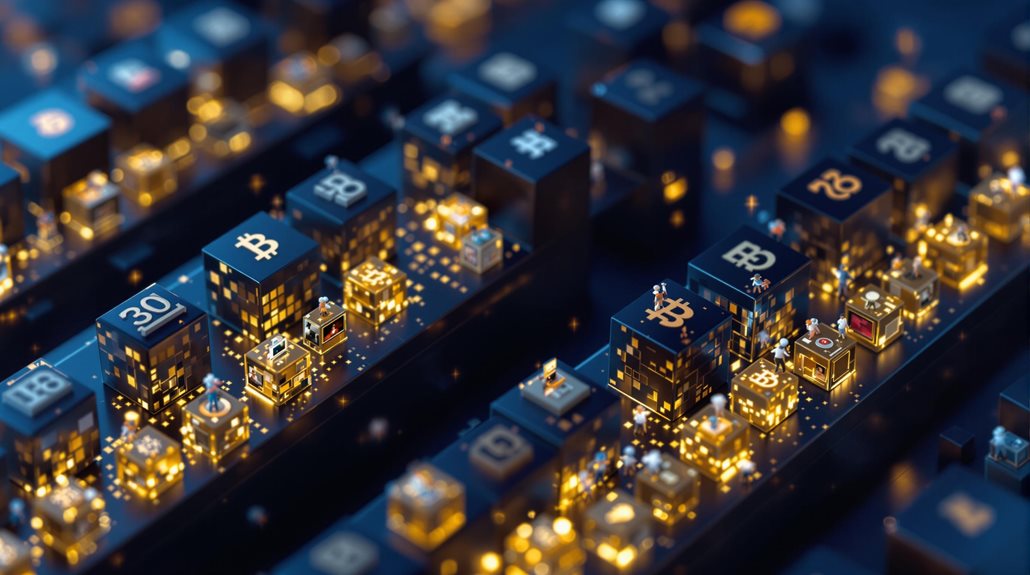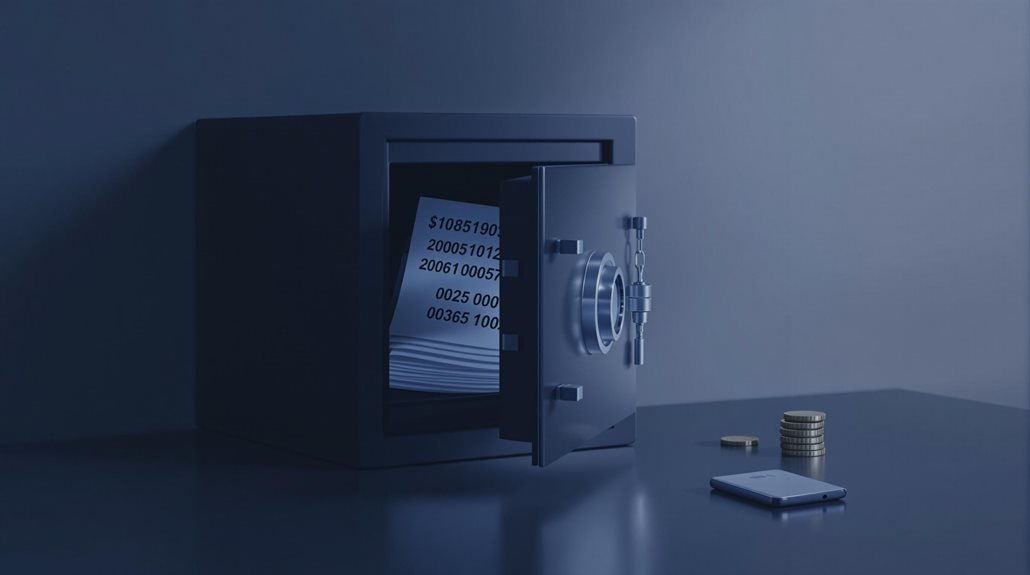Ordinals are digital assets created on Bitcoin's blockchain that work like NFTs (non-fungible tokens). Launched in 2023 by Casey Rodarmor, they allow unique data like images, text, or videos to be attached to satoshis, which are the smallest units of Bitcoin. Each ordinal gets a special identifier based on when it was mined, making it one-of-a-kind. With over 200,000 inscriptions already minted, this technology shows how Bitcoin's capabilities keep expanding.

Since their launch in January 2023, Ordinals have transformed how people use Bitcoin by bringing NFT-like features to the world's first cryptocurrency. Created by Casey Rodarmor, Ordinals are unique identifiers given to individual satoshis, which are the smallest units of Bitcoin. Each satoshi is worth just 1/100,000,000 of a Bitcoin, but with Ordinals, they can now carry special data called inscriptions.
These inscriptions let people attach different types of content like images, text, or videos directly to specific satoshis on Bitcoin's blockchain. It's similar to writing a message on a tiny piece of digital money. The technology works thanks to two important Bitcoin updates called SegWit and Taproot, which made it possible to add more data to transactions without changing Bitcoin's core rules. Users can verify ownership through private key control of wallets containing inscribed satoshis. The Runes Protocol in April 2024 has expanded the possibilities for creating fungible tokens on Bitcoin. The popularity of Ordinals trading has grown through specialized marketplaces that facilitate buying and selling of inscribed assets.
What makes Ordinals different from regular NFTs is that they're built directly on Bitcoin's blockchain. Most traditional NFTs on platforms like Ethereum store their data somewhere else, not on the blockchain itself. The Ordinals protocol assigns unique serial numbers to each satoshi based on when it was mined. While this makes Ordinals more permanent, they don't have some features that other NFTs have, like automatic royalty payments or smart contracts.
The process of creating Ordinal inscriptions is more complicated than making regular NFTs, but that hasn't stopped people from minting over 200,000 of them. Some creators use Ordinals to make unique digital art pieces, while others create fungible tokens called BRC-20s, which work like cryptocurrency tokens.
Ordinals have sparked plenty of debate in the Bitcoin community. Supporters say they're good for Bitcoin because they might help secure the network by increasing transaction fees for miners. Critics worry that storing all this extra data could make Bitcoin's blockchain too big and expensive to use for regular payments.
Another concern is that once something is inscribed as an Ordinal, it can't be removed from the blockchain. This has raised questions about how to handle inappropriate content that gets permanently stored.
Despite these debates, Ordinals represent a significant innovation in how Bitcoin can be used beyond simple money transfers. They've shown that Bitcoin's blockchain can support new types of digital assets while maintaining its fundamental structure and security.
Frequently Asked Questions
Can I Create My Own Ordinals Without Coding Knowledge?
Yes, anyone can create Ordinals without coding knowledge using no-code platforms like Gamma.io and Magic Eden.
These user-friendly platforms let people upload files, choose inscription options, and create Ordinals with just a few clicks. Users only need a Bitcoin address, compatible wallet, and enough BTC to cover fees.
While no-code options are simpler, they typically offer fewer customization options than coding methods.
What Happens to Ordinals if Bitcoin Undergoes a Hard Fork?
During a Bitcoin hard fork, Ordinals could follow different paths.
They might continue on one chain while disappearing on another, or exist on both chains. The fork's success depends on miners' support and technical compatibility.
The value of Ordinal-based assets could change considerably. It's like having two versions of Bitcoin – one might keep Ordinals, while the other might not.
The community's choice will shape what happens to them.
Are Ordinals Compatible With Hardware Wallets for Secure Storage?
Yes, Ordinals can be stored on hardware wallets like Ledger and Trezor through compatible software wallets.
Xverse wallet works with Ledger for both Ordinals and BRC20 tokens. The hardware wallets keep private keys offline, making them a secure storage option.
However, there's some complexity involved – users need to sign two transactions for transfers, and there's a limited number of Ordinals-aware wallets that work with hardware devices.
How Do Transaction Fees Compare Between Ordinals and Regular Bitcoin Transfers?
Ordinal transactions typically cost more than regular Bitcoin transfers because they need more data space on the blockchain.
While regular Bitcoin transfers usually cost between $1-$5, Ordinal fees can range from a few dollars to hundreds, depending on network traffic.
The size of the data being inscribed also affects the cost.
When the network is busy, both types of transactions see higher fees, but Ordinals are impacted more severely.
Can Ordinals Be Integrated With Existing NFT Marketplaces?
Currently, integrating Ordinals with existing NFT marketplaces isn't straightforward.
Since Ordinals use Bitcoin's blockchain and most NFT marketplaces are built for Ethereum, there's a compatibility gap.
New specialized platforms like Gamma.io and OKX have emerged to handle Ordinal transactions specifically.
While traditional marketplaces haven't widely adopted Ordinals yet, some wallets like Phantom and Xverse have added support for them, showing potential for future integration.





